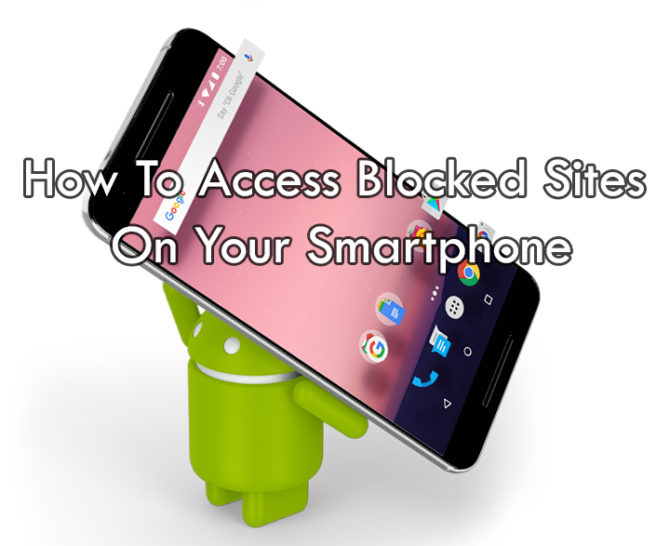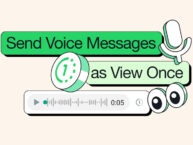Modern surfing habits are not restricted to few categories. People are always moving between web pages and applications with varied content. It can be quite frustrating to find a content blocked by a filter. These filters are often applied by offices, schools, ISP or government. More often than not the even the innocent content gets blocked. However, it is 2017 and you don’t need to have any unnecessary restrictions. Let us help you access the internet freely. Read more to find How To Access Blocked Sites On Your Smartphone

Use a VPN
This is the most popular methods to work around a web filter. A VPN routes your traffic through another private network. You can anonymously browse as if you were using a different device in a different location. However, rather than just your web browser, it routes all of your internet access through this connection. So if you only need to access a certain web page, it is better to use a web filter. Also, a VPN might slow down your internet access but it depends on your VPN provider.
There are many paid and unpaid VPN options available online. You will have to download and install software on your device and configure some basic settings like your location. That’s it. It allows you to simply browsing without any access filter.
Use a Proxy
This is the easiest way to get around a web filter. Just like a VPN, it routes your traffic through another network. However, it only works with specific applications. Proxies are useful to access region-locked content like YouTube, Hulu or US Netflix, or Spotify. You can also use these to avoid local content filters.
Most proxies simply run entirely through a web page or a browser extension. While there are many free options, these are notorious for collecting user data and inserting ads. Make sure you find one that uses HTTPS encryption rather than SOCKS or HTTP. Or just use a VPN.
Also read: How To Activate GodMode Feature In Windows 10
Use Tor browser
The Tor browser or ‘The Onion Router’ is one of the most popular browsers among hackers and anonymity seeking individuals. It uses layered (hence the name) encryption and peer-to-peer networking to bounce your traffic around, allowing you to browse with almost complete anonymity. Tor is available for Android by installing our package named Orbot.
However, it is not as fast as its competitors. Also, there are concerns that using Tor will put you on some sort of government watchlist. Still, the free browser offers added security and privacy over any free proxies or VPNs.
Use Google Public DNS
Google Public DNS is a free, global Domain Name System resolution service. Every time you visit a website, your device performs a DNS lookup. It converts the numerical address of that web page to the site you see. If web filtering is applied, certain domain names will be blocked from resolving the page you are expecting. You can instruct your device to use different DNS tables. The Google Public DNS can speed up your browsing experience and improve your security. Here’s To change the DNS settings on a Android Smartphone:
- Open the Settings on the device.
- Select “Wi-Fi”.
- Long press your current network, then select “Modify network”.
- Mark “Show advanced options” check box.
- Change “IP settings” to “Static”
- Add the DNS servers IPs to the “DNS 1”, and “DNS 2” fields.
- Press “Save” button.
- Disconnect from the network and reconnect.
Also read: How To Unroot Your Android Smartphone
Conclusion
Most of the above-mentioned methods allow you to access blocked content.However, keep in mind that some of that content is blocked for a reason and it might be illegal to access it. Proceed carefully. Which trick do you use to bypass unnecessary filters? Let us know in the comments section below.







1 comment for “How To Access Blocked Sites On Your Smartphone”